June 21, 2025 | 04:00 GMT +7
June 21, 2025 | 04:00 GMT +7
Hotline: 0913.378.918
June 21, 2025 | 04:00 GMT +7
Hotline: 0913.378.918
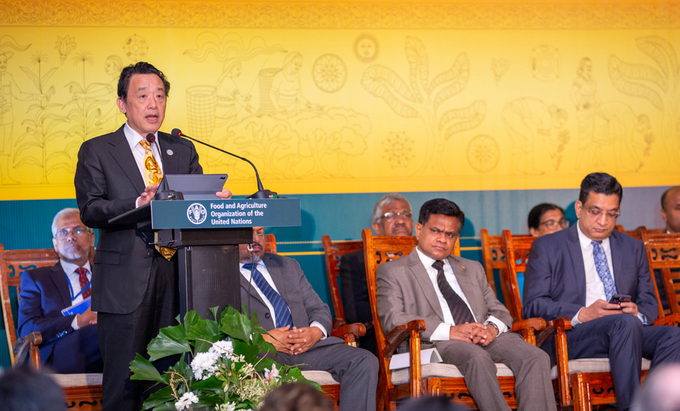
FAO Director-General QU Dongyu called for an innovative, action-oriented and results-targeted approach.
How to harness the potential of a dynamic region in transforming the ways in which our food is produced and distributed globally, while also tackling its own all-too persistent problems of hunger and poverty - these are the crucial challenges that ministers from across Asia and the Pacific will be discussing in a four-day meeting here this week, organized by the Food and Agriculture Organization of the United Nations (FAO).
“We need to think innovatively, be action-oriented and results-targeted to make the changes needed to accelerate national and global pathways towards achieving more efficient, more inclusive, more resilient, and more sustainable agrifood systems,” FAO Director-General QU Dongyu said in an opening statement at the 37th Ministerial Session of the FAO Regional Conference for Asia and the Pacific today.
“We are following the approach: Recovery from the pandemic and broken facilities; Reform of our systems and management to be fit for purpose and mandate; Rebuild FAO’s network and comprehensive capacity; and a Renaissance of FAO for a better future” the Director-General further pledged.
Agriculture critical
At an inauguration ceremony for the conference, featuring colourful ethnic Sri Lankan song and dance, Sri Lanka’s President Ranil Wickremesinghe outlined the crucial role of the agricultural sector as a vehicle to help Sri Lanka continue to emerge from its economic crisis. On looking at the economy, he said he had considered, “where were the low hanging fruits, where could we get our results, the first was agriculture,” concluding that agriculture, followed by tourism, were the priority sectors.
For his part, the FAO Director-General paid tribute to Sri Lanka’s commitment to transforming its agrifood systems.
The opening session was chaired by Sri Lanka’s Agriculture and Plantation Industries Minister Mahinda Amaraweera and among the other speakers were: Mohammad Abdus Shahid, Bangladesh Minister of Agriculture and chair of the last regional conference, Kalaveti Vodo Ravu, Minister for Forests and Fisheries of Fiji, reporting on the Third Joint FAO and Pacific Community (SPC) Ministers for Agriculture and Forestry Meeting; Hans Hoogeveen, Independent Chairperson of the FAO Council; Nosipho Nausca-Jean, Chairperson of the Committee on World Food Security (CFS); Anuka Vimukthi De Silva from the Movement for Land and Agricultural Reform (MONLAR) representing civil society groups; Amy Melissa Chua, Head of Partnerships, Grow Asia, presenting a private sector perspective.
This week’s gathering presents a new broader format, spread over four days, allowing for more interaction among the more than 40 FAO Member Nations in the region. It was preceded by a Senior Officers Meeting (SOM) held virtually from 31 January to 2 February, 2024.
Economic powerhouse
The Asia-Pacific region is now home to three of the world’s five largest economies, and over the past 20 years many nations in this region have been moving out of the category of ‘least developed’ and graduated into ‘middle income’ status.
Yet the global pandemic and years of environmental crises have hit this region disproportionately hard, impacting economic progress and individual livelihoods, while some of the least resilient areas have seen agricultural production badly affected by floods, droughts and tropical storms.
Hunger and other forms of malnutrition persist, with nearly 371 million people in Asia-Pacific undernourished, as the cost of a healthy diet rises out of many families’ reach. Even before the pandemic, progress in the fight against hunger was slowing, underlining the importance of transforming the region’s agrifood systems to become more efficient, inclusive, resilient, and sustainable.
Framing a way forward
Regional Conference delegates on Monday discussed the way forward, relying on evidence-based science, innovation and technology as three pathways for FAO Member Nations to accelerate agrifood systems transformation.
First, identify triggers for action, shaping, fine-tuning, and implementing agrifood systems transformation pathways.Second, to end hunger there must be much more investment and financing for such a transformation – both from governments and from the private sector and other international financial institutions.
Finally, the region needs to build resilience in its plant, livestock, fisheries and aquaculture, and forestry sectors, while promoting nature-based solutions and emphasizing science, innovation and digitalization in communities large and small, while disseminating climate and energy-smart agricultural practices.
The Ministers and Heads of Delegation will participate in a number of roundtable discussions. One is focusing on lessons learned from the pandemic and its impact on food security and nutrition, another on modernization and digitization for smallholders in aquaculture and livestock, building resilience through agrifood systems transformation, the need for investment and financing for poverty reduction and modernization.
A further gathering is on saving food and water and reducing food loss and waste. Special events on SIDS, LDCs and LLDCs, as well as Side Events focusing on FAO flagship initiatives: 1000 Digital Village Initiative (DVI) and One Country One Priority Product (OCOP) attracted lively discussions among Ministers and Heads of Delegation.
Clear priorities
Forming the basis for discussions are a set of clear regional priorities mapped out by FAO in consultation with its partners and a range of stakeholders. In all the areas, FAO is providing support to Member Nations in the region.
The key planks are: increasing agricultural production for food security and nutrition in a climate-friendly process; accelerating sustainable natural resources management for biodiversity conservation and climate action; supporting inclusive rural transformation for equitable rural societies through economic growth, job creation and assistance for the most vulnerable populations.
All these priorities are being implemented with a particular focus on the region’s Small Island Developing States (SIDS), Least Developed Countries (LDCs) and Landlocked Developing Countries (LLDCS). “I really believe that this region can be the ‘Agent of Change’, the example the world needs to help all countries globally accelerate their efforts to reach, and even surpass, the objectives of the 2030 Agenda for Sustainable Development,” the FAO Director-General said.
For such a transformation to become reality, strong political will and commitment, enabling policies, sufficient investment and innovative business models will be required he added.
(FAO)
![Turning wind and rain into action: [10] Advancing accessible climate services for farmers](https://t.ex-cdn.com/nongnghiepmoitruong.vn/608w/files/linhnhp/2025/06/20/1911-z6704423696987_15fd32ffc26d590d204d520c9dac6786-nongnghiep-161854.jpg)
(VAN) Not only does it help farmers 'avoid droughts and rains,' the development of agricultural climate services also enhances their ability to proactively adapt to a rapidly changing climate.
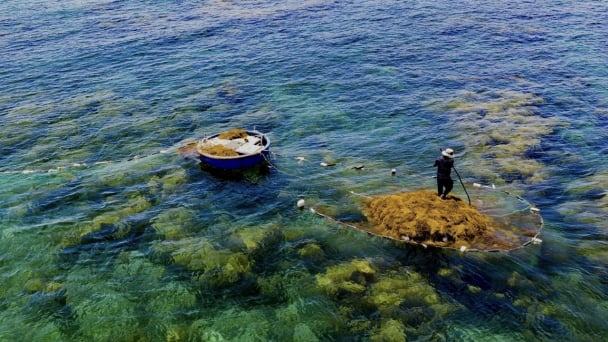
(VAN) With international assistance, the harvesting of sargassum seaweed in Quang Ngai has become increasingly regulated, thereby safeguarding marine life and ensuring the stability of coastal communities' livelihoods.
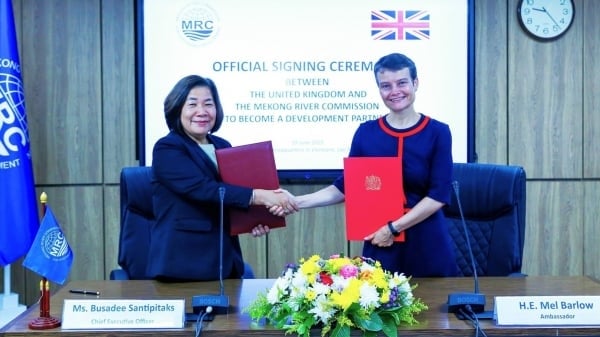
(VAN) On June 19, the United Kingdom officially became a Development Partner of the Mekong River Commission.
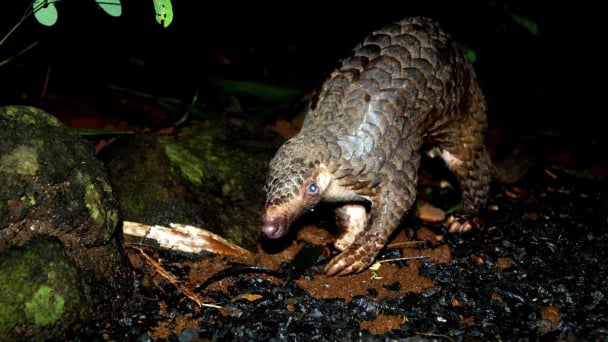
(VAN) Biodiversity is being threatened by traditional remedies made from wildlife. Traditional medicine and humans must change to live in harmony with nature.
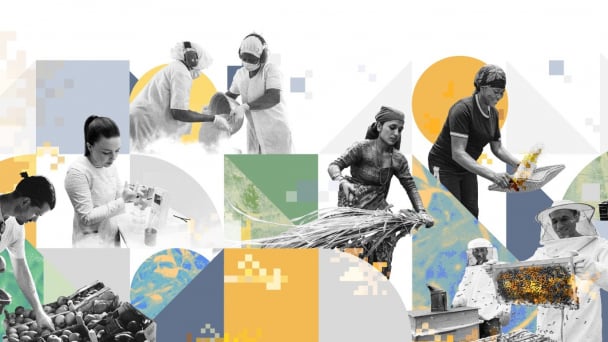
(VAN) Agrifood investment and finance solutions for people and the planet.
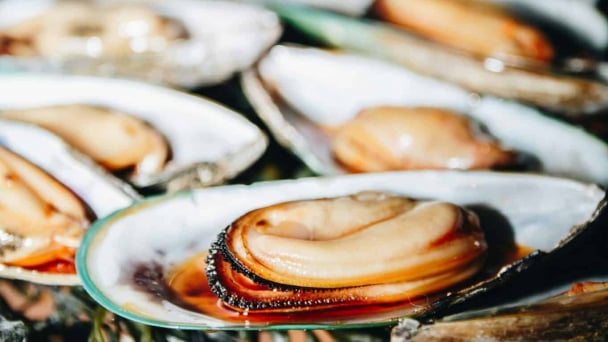
(VAN) Microplastic contamination has become pervasive in seafood, posing unprecedented challenges for food safety and marine ecosystems.
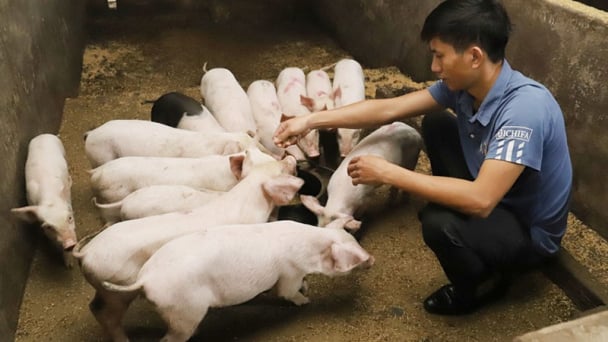
(VAN) Proactively using vaccines, combined with transport control and enhanced surveillance, is the only viable path toward biosecure and sustainable livestock production in Vietnam.